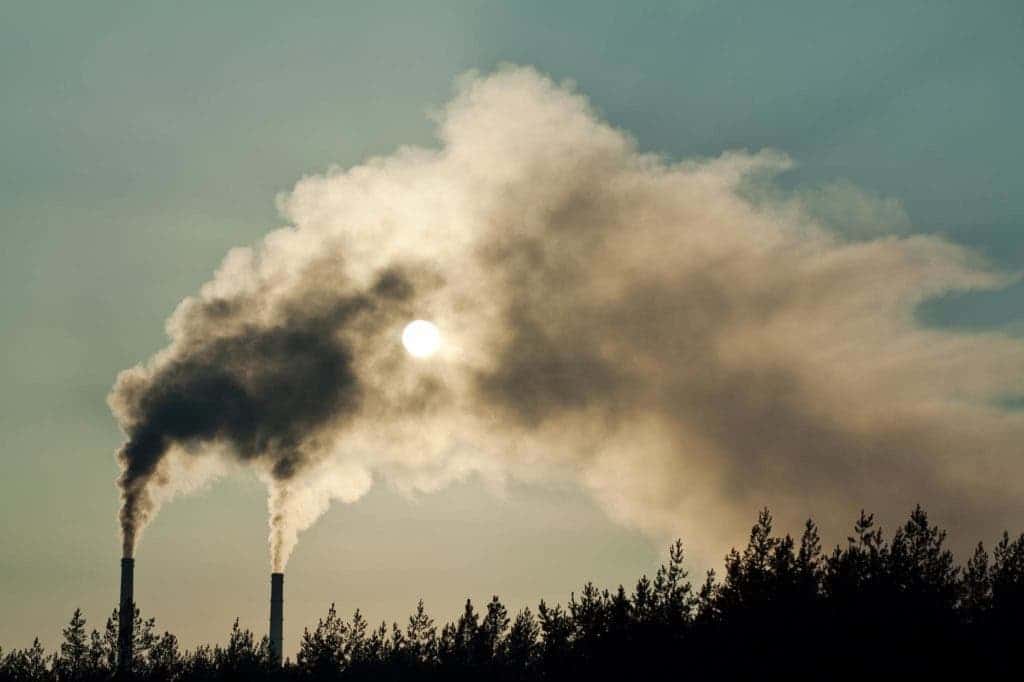As the climate crisis worsens, the use of carbon capture has been suggested as an alternative to reduce emissions levels in the atmosphere. But capturing carbon from the air or preventing it from getting there could actually cause more harm than good, according to a new study.

All climate scenarios for the future now contemplate the use of carbon capture, trapping emissions and storing them away from the atmosphere. But, for researcher Mark Jacobson, technology reduces only a small fraction of carbon emissions and usually increases air pollution.
“Even if you have 100 percent capture from the capture equipment, it is still worse, from a social cost perspective, than replacing a coal or gas plant with a wind farm because carbon capture never reduces air pollution and always has a capture equipment cost,” Jacobson said.
The researcher looked at public data from a coal with carbon capture electric power plant and a plant that removes carbon from the air directly. In both cases, the electricity needed to run the carbon capture came from natural gas. He calculated the net CO2 reduction and total cost of the carbon capture process in each case.
Estimates of carbon capture say it can remediate 85-90 percent of carbon emissions. Once he calculated the emissions associated with the plants, the scientist converted them to the equivalent amount of carbon dioxide in order to compare the data with the standard estimate. In both cases, the equipment captured the equivalent of only 10-11% of the emissions they produced, averaged over 20 years.
Jacobson also looked at the social cost of carbon capture, including air pollution, potential health problems, economic costs and overall contributions to climate change. He concluded that those are always similar to or higher than operating a fossil fuel plant without carbon capture and higher than not capturing carbon from the air at all.
Even when the capture equipment is powered by renewable electricity, the study concluded that it is always better to use renewable electricity instead to replace coal or natural gas electricity or to do nothing, from a social cost perspective. It then argued the best solution is to instead focus on renewable options.
The research was based on data from two real carbon capture plants, which both run on natural gas. The first is a coal plant with carbon capture equipment. The second plant is not attached to any energy-producing counterpart. Instead, it pulls existing carbon dioxide from the air using a chemical process.
“Not only does carbon capture hardly work at existing plants, but there’s no way it can actually improve to be better than replacing coal or gas with wind or solar directly,” said Jacobson. “The latter will always be better, no matter what, in terms of the social cost. You can’t just ignore health costs or climate costs.”
Experts propose that carbon capture could be useful in the future to lower atmospheric carbon levels. Even assuming these technologies run on renewables, Jacobson maintains that the smarter investment is in options that are currently disconnected from the fossil fuel industry, such as reforestation.
The study appeared in the journal Energy and Environmental Science.






